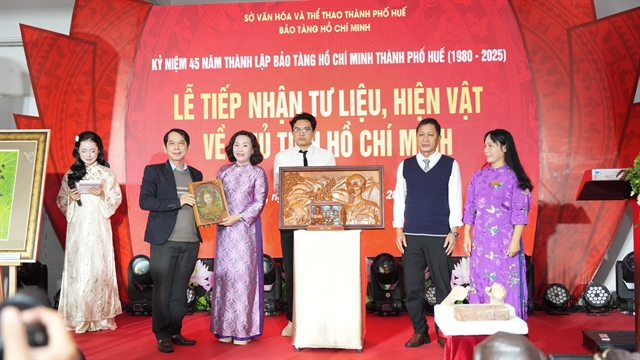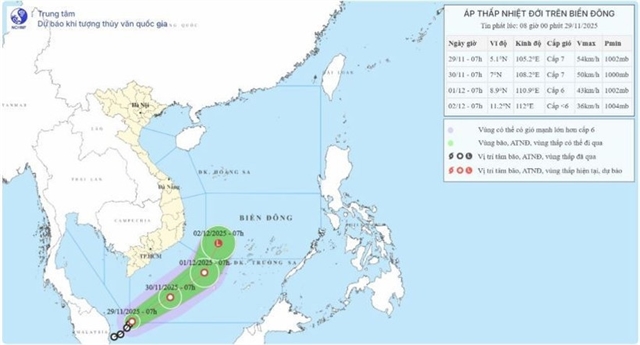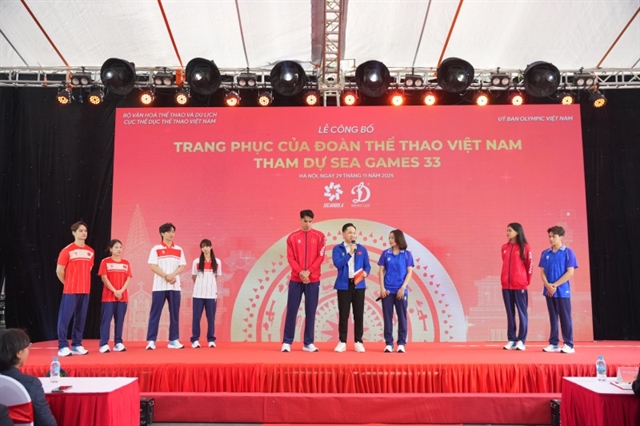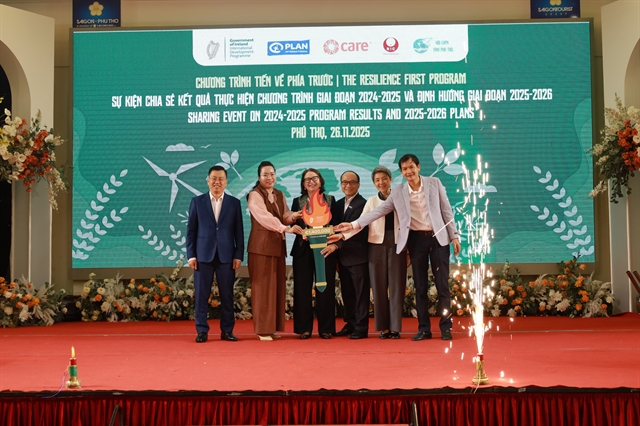 Life & Style
Life & Style

THỪA THIÊN HUẾ - The charming beauty of the Vietnamese áo dài (traditional long dress) has been honoured in an ongoing online exhibition.
Initiated by Thừa Thiên Huế Province’s culture authority, the event is to promote the role of the traditional dress in Vietnamese culture and history, solidifying the “national copyright” of the dress.

|
| World leaders, in Vietnamese traditional dress, pose for a group photo at the APEC Summit in Hà Nội in 2006. |
“Our purpose is to spread the love to the traditional dress of every Vietnamese person, encouraging them, men and women, to wear it as much as possible. Once the wearing of áo dài in all aspects becomes popular, we can build up a unique cultural image, therefore we can continue to design relevant tourism products and services,” the director of the provincial culture department, Phan Thanh Hải, told Việt Nam News.
The exhibition started with a short clip entitled Huế – Chiếc Nôi Áo Dài Việt Nam (Huế – The Cradle of Vietnamese Traditional Dress) featuring valuable images about the dress. It presents an image of President Hồ, in his áo dài, to welcome the Lunar New Year’s Eve together with local people at Hà Nội’s Ngọc Sơn Temple in 1946 – the first celebration after Việt Nam declared independence to become the Democratic Republic of Việt Nam on September 2, 1945.
The image of Nguyễn dynasty’s Emperor Ming Mạng (1791-1841), who issued a decree, asking every subject of Đại Nam (Great Việt, former name of the current Việt Nam) to wear long dress, has been featured in the clip.
Images of other emperors of the Nguyễn dynasty such as Hàm Nghi (1871-1944) and Thành Thái (1879-1954), in their áo dài, can also be seen in the clip.
The dress has been introduced to international friends through the country’s leaders and diplomats.

|
| A photo shows two children, in Vietnamese traditional dress, in the royal palace in Huế. |
Viewers can see a group photo of President Nguyễn Minh Triết and other world leaders, in the brocade Vietnamese áo dài, at the APEC Summit in Hà Nội in 2006, or the one depicting Vietnamese Ambassador Phạm Sanh Châu presenting his credentials to King of Bhutan Jigme Khesar Namgyel Wangchuck.
In addition, the clip also introduces several other images of ordinary people wearing long dress in their daily activities such as in gold workshops or at the market.
The popularity of traditional long dress in modern cultural, tourism and educational events also has been introduced in the clip.
According to director Hải, the idea for the exhibition started more than a year ago.
“Since the COVID-19 outbreak in Việt Nam at the beginning of last year, we decided that the online concept is safe and suitable in the context of the pandemic,” he told Việt Nam News.

|
| A woman in her Vietnamese traditional wedding dress. Photo courtesy of Thừa Thiên Huế Province’s Department of Culture and Sport |
To prepare for the exhibition, the department has called on people and organisations to contribute photos of long dress from their private collections.
So far, thousands of unique photos have been sent to the department.
“The number will increase as we continue to receive photos from individuals and organisations in Việt Nam and abroad,” Hải said.
The exhibition also uses a large number of photos that the department collected earlier for their book Huế – The Cradle of Vietnamese Traditional Dress which was published last October.
After the debut clip, from now until the end of this year, the exhibition will continue to present 14 clips on specific topics such as Áo Dài Trong Dòng Chảy Văn Hóa, Lịch Sử (Traditional Dress in the Flow of Culture and History), Y Phục Hoàng Cung (Royal Costumes), Từ Truyền Thống Đến Quốc Phục (From Traditional Dress to National Dress), and Nghề May Thêu Áo Dài Tại Huế (The Long Dress Making Craft in Huế).
The exhibition is available on the website of the provincial culture department as well as on other popular social network platforms such as Youtube, Facebook, Zalo, Tiktok, and Instagram. VNS




